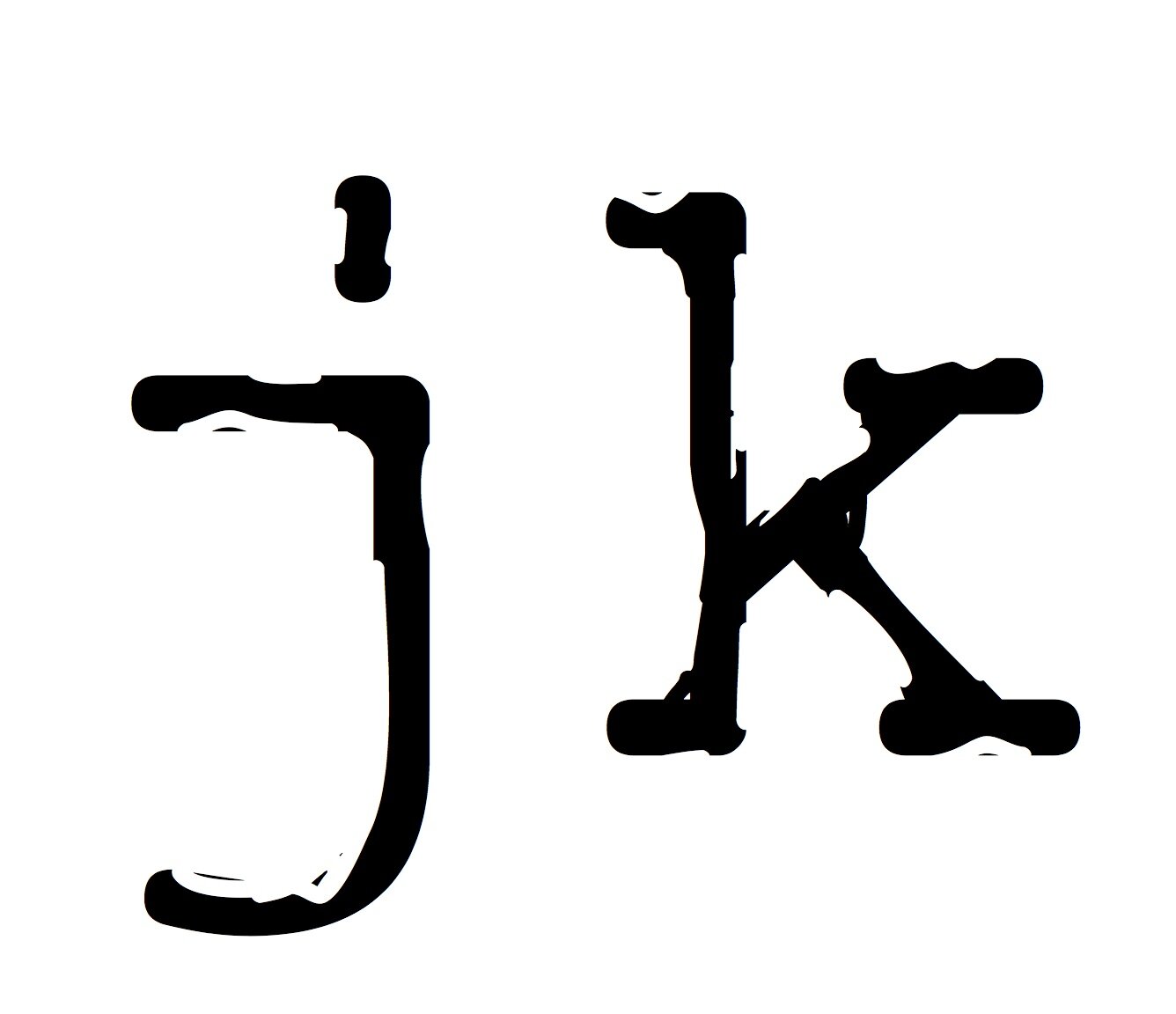Stories Are About Risk
The world shifts. Something is changed – for good or bad. The character reacts to this to either try to make things go back to how they were, or to make things better.
The real secret in writing is that neither will happen. Things cannot go back to how they were. And attempts at trying to make things better will result in another weird third option unseen by the protagonist.
In Back To The Future, Marty McFly wants to make things go back to normal. But his actions in 1955 change what 1985 is actually like. Things do not go back to the way they were – they’re changed for the better. His return to 1985 in the sequel sees things changed for the worse. Now Marty and Doc Brown have to react to that, and while trying to fix 1985 by going back to 1955 they end up in the old west.
Risk is not always about the end of the world. Or the erasure of your own existence – at least not in terms as explicit as Marty fading from the photograph.
In Colum McCann’s excellent novel Let The Great World Spin the risk for one character is inviting new acquaintances to brunch. In her mind, they will reject her, or they might accept her. This is the risk. To her, in this moment, this is as important as the fate of the world. She wants to connect. She is nervous about inviting these people over. Of course, things go wrong but end up somewhere the character hadn’t considered.
When I’m working with a client on a memoir, we identify these points of change. We identify what is at risk, what steps they took, what went wrong and what was at risk at the next step. Using fiction frameworks brings out these details. Then the real story connect with readers.
The same principles work for non-fiction because in any book, you take the reader on a journey.
